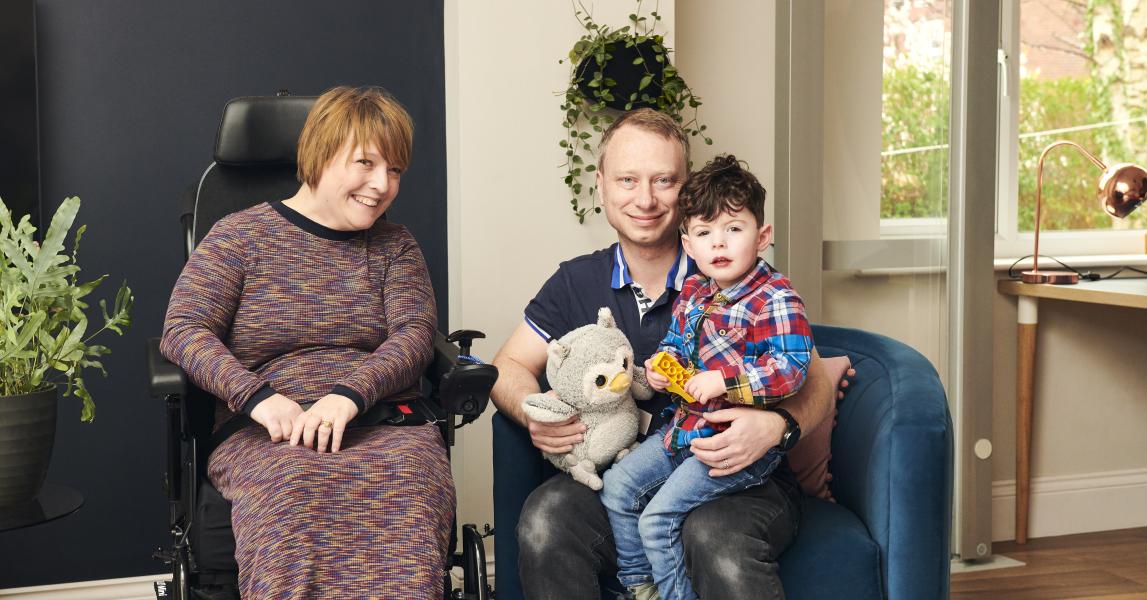Early Permanence - Fostering for Adoption
Introduction
This procedure deals with placement of a child with carers who are temporarily dually approved, i.e. approved both as prospective adopters and as local authority foster carers for a specific child.
The advantage of this type of placement is that the child will be placed with foster carers who, subject to a placement order being made, or parental consent, are expected to go on to become the child’s adoptive family. The child therefore benefits from an early placement with their eventual permanent adoptive carers. Delay in finding a permanent family for young children who have already experienced neglect early on in their lives may have a profoundly damaging effect on their development. This type of placement has potential to reduce this delay and the damage caused significantly.
This procedure does not apply to placements where foster carers are seeking to adopt children who were originally placed with them on a temporary basis.
These placements are foster placements. This placement will only become an adoptive placement when:
- The Agency Decision Maker (ADM) has decided that the child should be placed for adoption, and
- Either a placement order has been made, or
- Parental consent to the child’s adoption is given.
It is possible that such a placement may not lead to adoption, for example because the child’s plan changes where rehabilitation with the birth family is successful, because suitable family or friends come forward or because the court does not agree to make a placement order. This may mean that the child returns home or is moved to another permanence arrangement. However for the vast majority of children in such placements, progression towards adoption will be the anticipated outcome and a careful risk-balancing exercise will be undertaken before a placement proceeds on this basis.
Local authorities and adoption services need to ensure that people who are willing to care for a child in this way are fully aware that the placement may not lead to adoption, that they have been given appropriate information and training so that they understand their role and legal responsibilities as foster carers, and that ongoing support is in place once the placement has been made in line with Fostering Regulations.
In 2013, the Care Planning, Placement and Case Review (England) Regulations 2010 were amended to allow approved prospective adopters to be given temporary approval as foster carers for a named child.
In July 2014, the Children and Families Act 2014 imposed a duty upon local authorities to consider placement with dually approved carers whenever it is considering adoption or where the decision has been made that the child ought to be placed for adoption, but where the agency does not yet have authority to place the child for adoption through either a placement order or parental consent.
